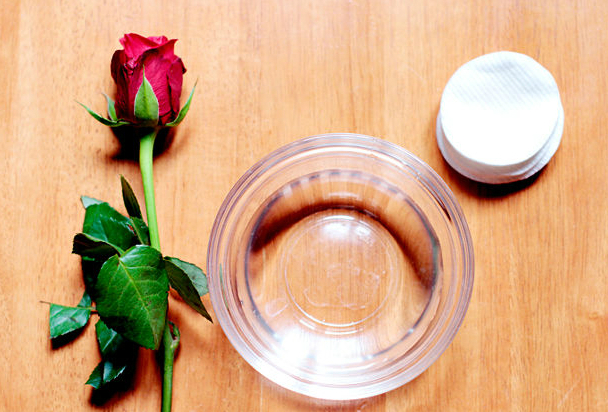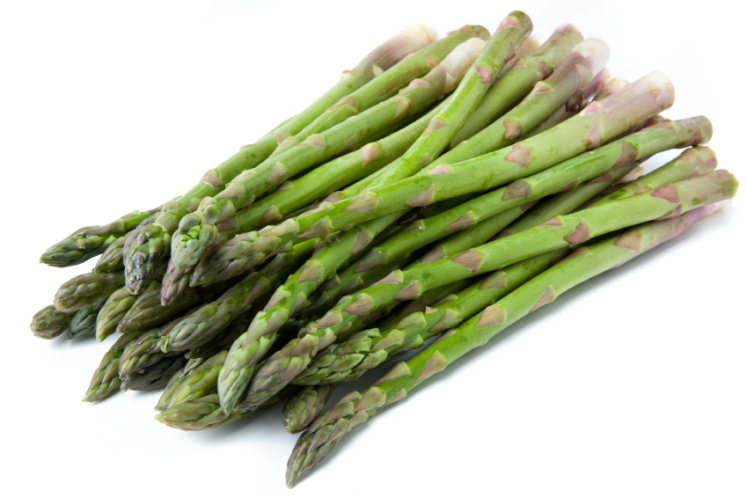
You may be surprised to learn that many common foods offer some protection to your skin from the potentially damaging rays of the sun, from the inside out. This SPF or sun protective factor aspect of foods has to do with the presence of certain antioxidant compounds. Plants produce antioxidants within their own tissues to protect their own cells from premature destruction, due to exposure to heat, light, air, moisture and time.
When we consume many of these plant-derived antioxidants, these natural agents provide protection to the cells of our bodies, including skin cells. By eating certain foods, especially those that are brightly colored, you can actually help to reduce damage to your skin caused by exposure to UVA and UVB rays from sunlight. Let’s consider some of the better sun protective foods.
Colored peppers
The red, yellow and orange peppers that look so beautiful and taste so sweet are colored by natural pigments called carotenoids. These antioxidants convert to vitamin A in the body, and help to protect skin cells by inhibiting the destruction of the thin lipid (fat) layer that surrounds skin cells.
Yellow summer squash
Cube it and put it on kebabs or brochettes, or just eat it in salads. Yellow summer squash derives its bright color from the protective carotenoids. Eat it because it tastes good- and provides solar defense.
Ripe red tomatoes
The natural antioxidant pigment lycopene gives the characteristic red color to ripe red tomatoes. This antioxidant is well known for providing protection to the prostate gland, helping to mitigate cases of BPH, benign prostatic hyperplasia, also known as enlargement of the prostate. But like other antioxidant compounds in foods, lycopene also protects skin cells from exposure to the sun.
Watermelon
Say ditto for watermelon, regarding lycopene. Watermelons get their red color from this pigment as well. When summer rolls around and the sun gets hotter and brighter, eat your share of watermelon to cool your skin cells.
Green tea
What doesn’t green tea do for health? It enhances cardiovascular function, demonstrates anti-cancer activity, supports the immune system, detoxifies the body, aids weight control, and also protects skin cells from exposure to UVA and UVB rays. The secret ingredients? Antioxidant compounds called polyphenol catechins provide super-powerful defense. You can’t go wrong drinking green tea every day.
Cocoa
Perhaps the healthiest substance you can put in your mouth after water, cocoa is the ultimate super-food, containing 712 compounds, many of which are potently antioxidant and skin-protective. The flavanols in cocoa provide profound protection for the heart, helping to greatly lower the risk of heart attack, stroke and high blood pressure. But the same compounds help to armor your skin cells. The news about cocoa seems to get better every day. Eat the real dark chocolate, consume whole, organic cocoa, and enjoy.
Blue and purple berries
What do blueberries, black currants, acai, cranberries, blackberries and elderberries all have in common? They are all rich in the potent purple pigments known as anthocyanins. These may be nature’s mightiest of all protective compounds, helping to reduce the risk of many chronic and degenerative diseases, and providing excellent SPF protection. Eat your berries because they are delicious, and enjoy the protection as part of the overall experience.
Turmeric root
This yellow root contains a profoundly beneficial compound called curcumin that possesses superior anti-inflammatory activity, aids the immune system, enhances the brain, and protects your skin. Curcumin from turmeric is a very popular anti-inflammatory remedy. You can sprinkle turmeric on food, cook with it, or use curcumin supplements.
Fin fish
The omega 3 fatty acids that have been proven to provide excellent protection for the heart also provide protection to skin. These agents are essential to overall health and well being, and also help skin cells to stay healthy. You can also take omega 3 fatty acid supplements derived from fish oil.
Just because certain foods provide protection from the harmful rays of the sun does not mean that you can eat some veggies and then go lie out in the sun all day. But it does mean that if you are exposed to the sun, you will have the protective activity of nature’s antioxidants working in your body to protect your skin from the inside out. Tan responsibly. Use sunscreen before going out in the sun, and enjoy a safe and happy summer season.
Chris Kilham is a medicine hunter who researches natural remedies all over the world, from the Amazon to Siberia. He teaches ethnobotany at the University of Massachusetts Amherst, where he is Explorer In Residence. Chris advises herbal, cosmetic and pharmaceutical companies and is a regular guest on radio and TV programs worldwide. His field research is largely sponsored by Naturex of Avignon, France.
Chris Kilham is a medicine hunter who researches natural remedies all over the world, from the Amazon to Siberia. He teaches ethnobotany at the University of Massachusetts Amherst, where he is Explorer In Residence. Chris advises herbal, cosmetic and pharmaceutical companies and is a regular guest on radio and TV programs worldwide. His field research is largely sponsored by Naturex of Avignon, France.
Read more at MedicineHunter.com.










